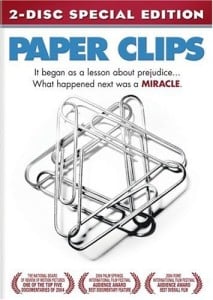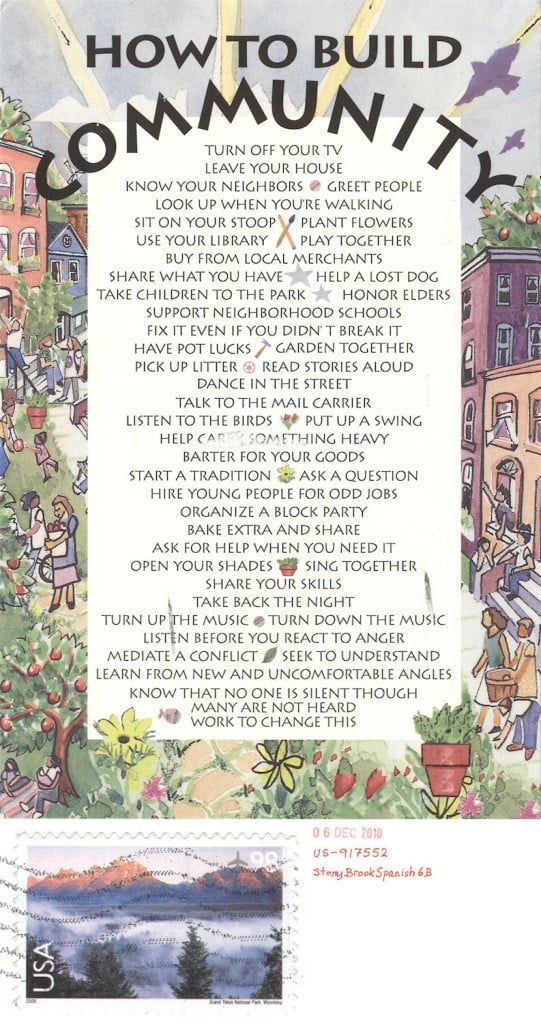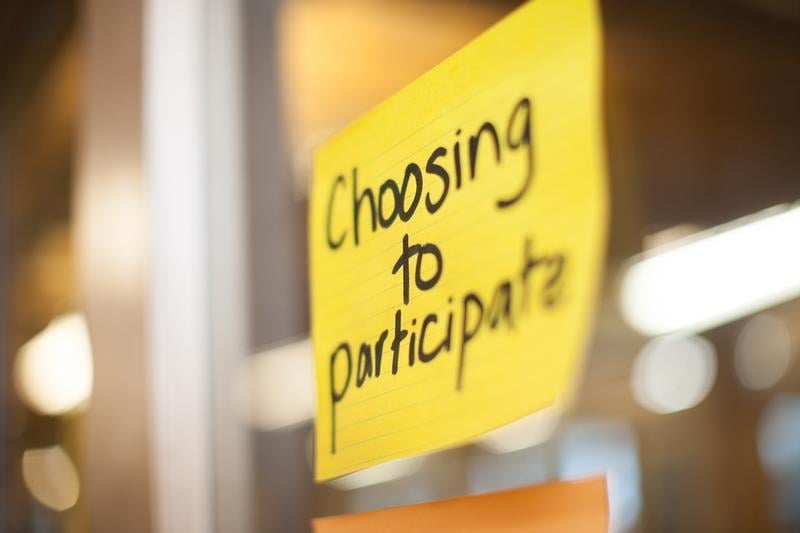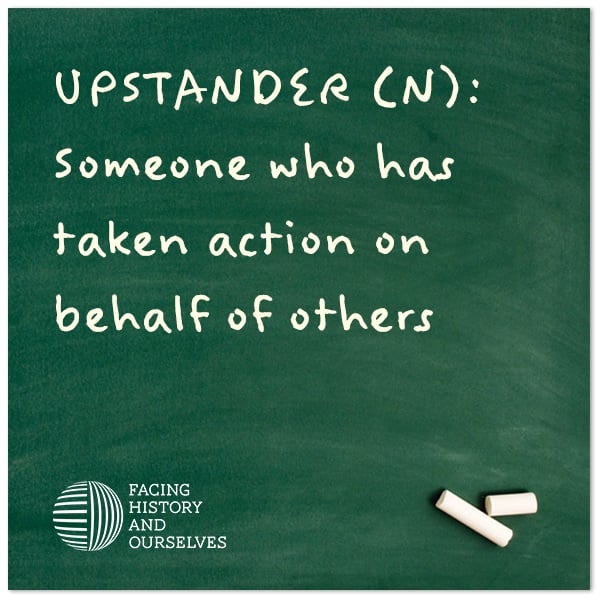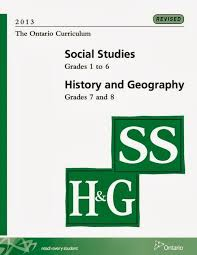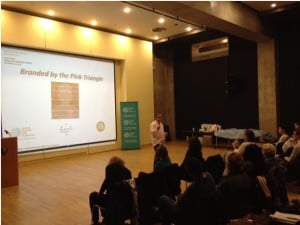This is part two of Amy Smith’s Blog The Road to Equity: How do you define equity? In part one she discussed her own learning journey of gaining additional knowledge about groups identified as in need of more support in schools in the equity and inclusion branch of Peel Board’s five year School Success Plan. All of her reading and learning encouraged her “to really reflect on the life I was living, and the privileges I have that I was not even aware of simply because I was born in a white, abled, cisgender body.” In part two she will cover how she took her own learning and expertise to help other educators start their journey, to start learning about who they are as people and how their privilege and bias impacts their students.
Amy Smith
Recent Posts
Topics: Teachers, Culturally Responsive and Relevant Pedagogy, big paper, Equity in Education, positionality, collaborative inquiry
When I moved away from being a classroom teacher to the role of Instructional Coach I knew my passion was in equity work. In Peel we have a five year School Success Plan with one branch of focus dedicated to equity and inclusion. Within the equity and inclusion branch of the plan there are four communities identified as a focus for teachers to gain additional knowledge about in order to better teach and support those students to learn and be successful in Peel schools. The four groups are: students who identify as a part of the LGBTQ+ community, First Nation, Metis and Inuit students, black male students, (this year the focus shifted to all black students) and students living in poverty.
Topics: Teaching Strategies, Teaching Resources, Teachers, Indigenous History, Book, difficult conversations, stolen lives, settler educators, Black History, Equity in Education, Poverty
How do I promote equity and inspire social justice as an educator when I’m not in a social studies or humanities classroom - or in a classroom at all? This was the question that both shifted and drove new passion into my work this past year as an Instructional Coach. Stepping out of the classroom this year was a transition. I was really missing the opportunity to inspire equity and social justice as I had in my classroom. As teachers requested my support, most often with math, I found myself starving for activism and ways to get involved in equity and inclusion beyond academic instruction. Then I went to a meeting that shifted my thinking, and gave me new insight into how I could continue to pursue equity and social justice no matter what the subject.
Topics: Truth and Reconciliation, Inquiry, stolen lives, Sacred Circle Teachings, Indigenous teachings in math, Social Studies, Equity in Education
As a middle school educator, I often find myself in the position of being unable to explore really rich resources with my class due to mature content. Several years ago I purchased 5 sets of the graphic novel MAUS, hoping to one day use it as an option for book talks.
Topics: Books, Antisemitism, Choosing to Participate, Facing History Resources, Holocaust, History, Canada, Holocaust Education, current events, Middle School, genocide, Lesson Ideas, Holocaust and Human Behaviour
Every year we ask our students to set goals. We teach students what it means to set reasonable or attainable goals. As teachers, we are also asked to consider “Big” questions, over-arching concepts that will guide our year and focus our teaching.
Topics: Middle School, Lesson Ideas
The day after a photograph of a drowned Syrian boy went viral, another image of the same child appeared below the headlines in The Toronto Star. I sat at my kitchen table reading the article shaking my head and covering my mouth with my hand.
Topics: Choosing to Participate, In the news
This April, students at the Thomas Street Middle School (TSMS) in Peel took a stand against bullying and homophobia and what they did will amaze you. Watch this video then read on to learn more:
Topics: Choosing to Participate, current events, Middle School, Social Justice
Topics: History, current events, Middle School, Social Justice, reflection

.jpeg)


